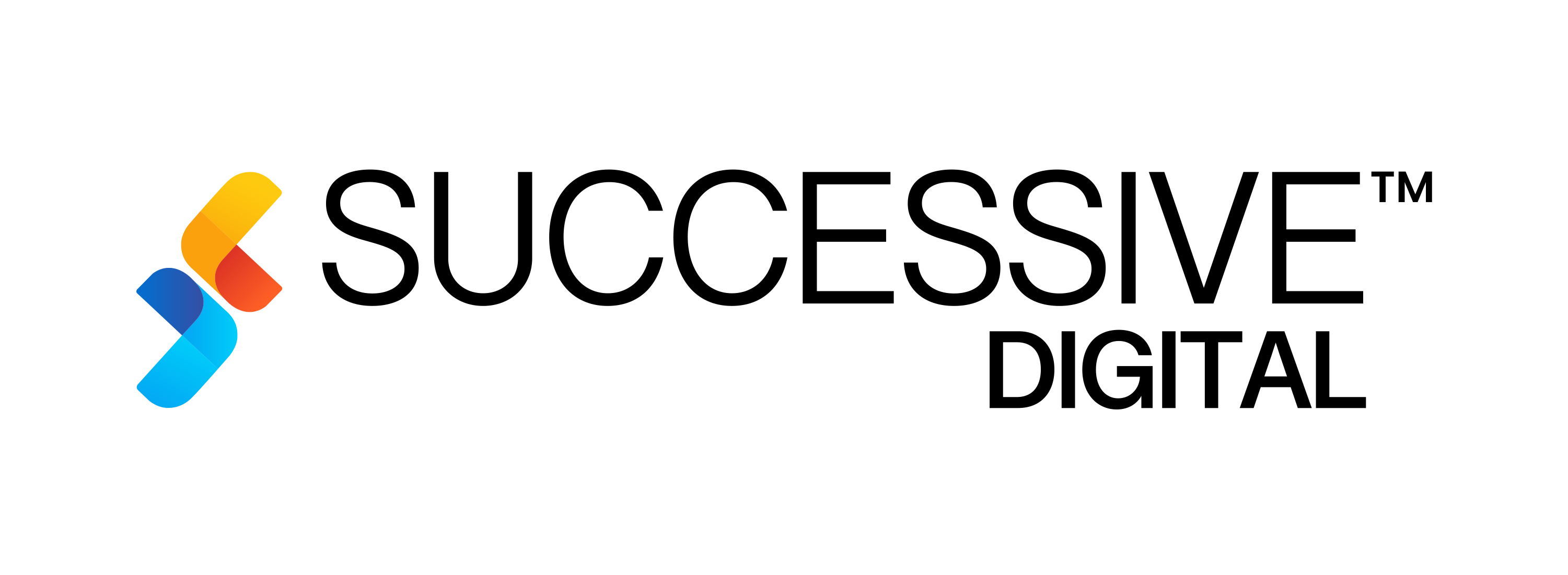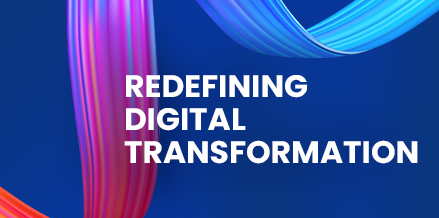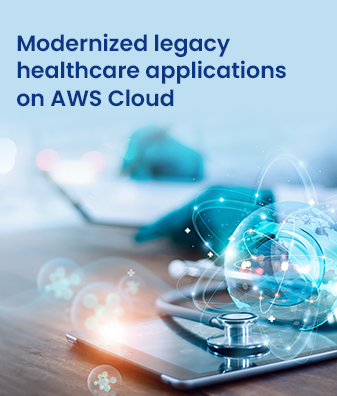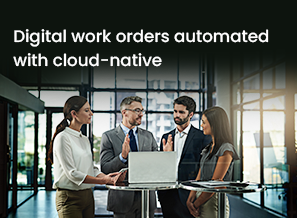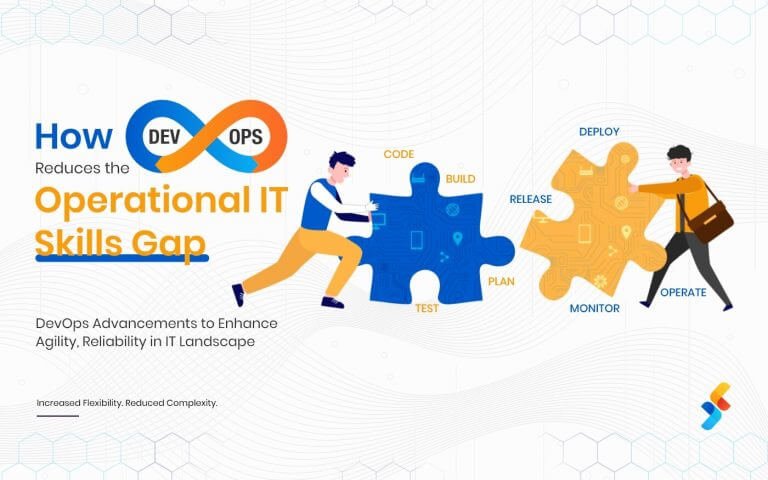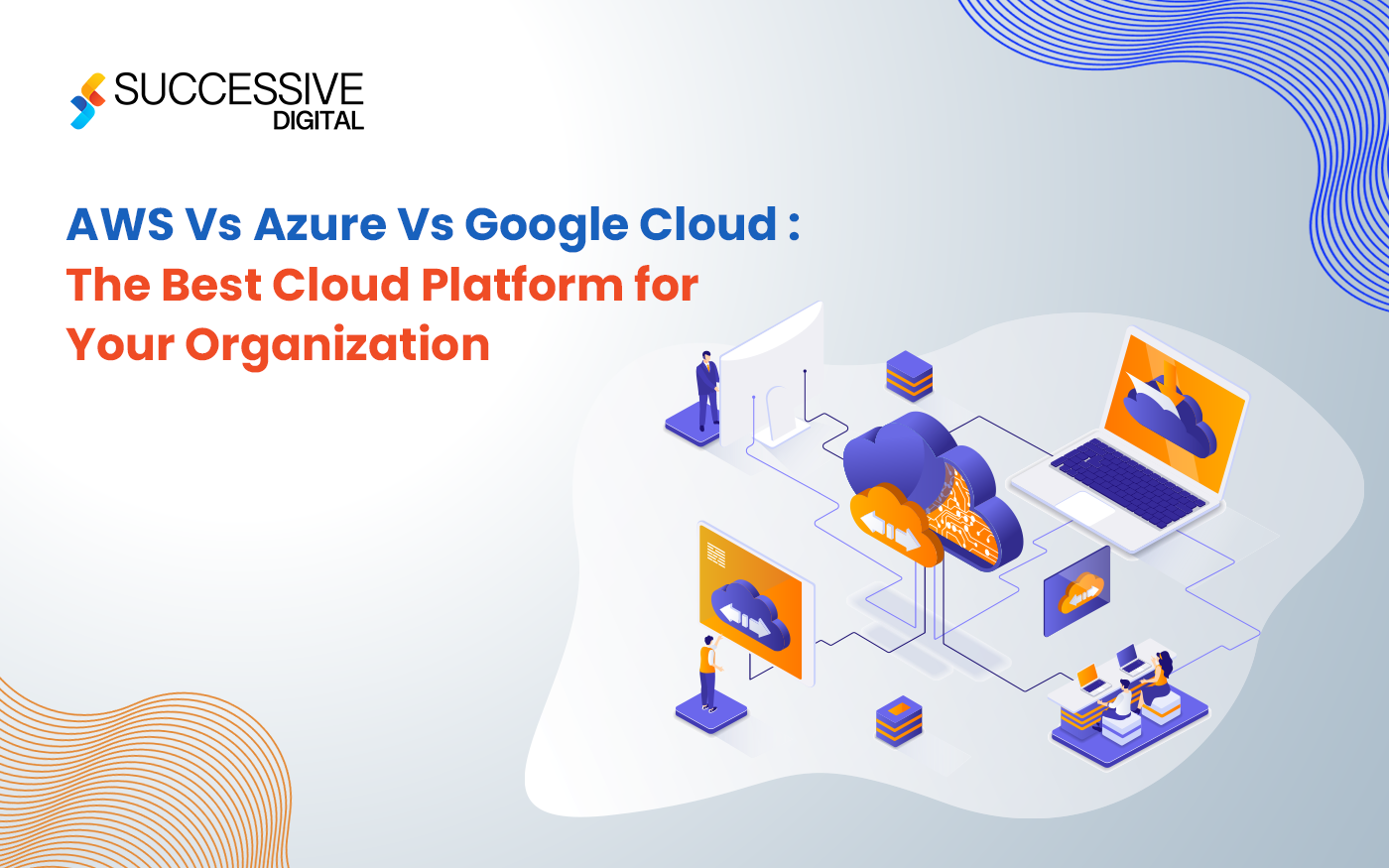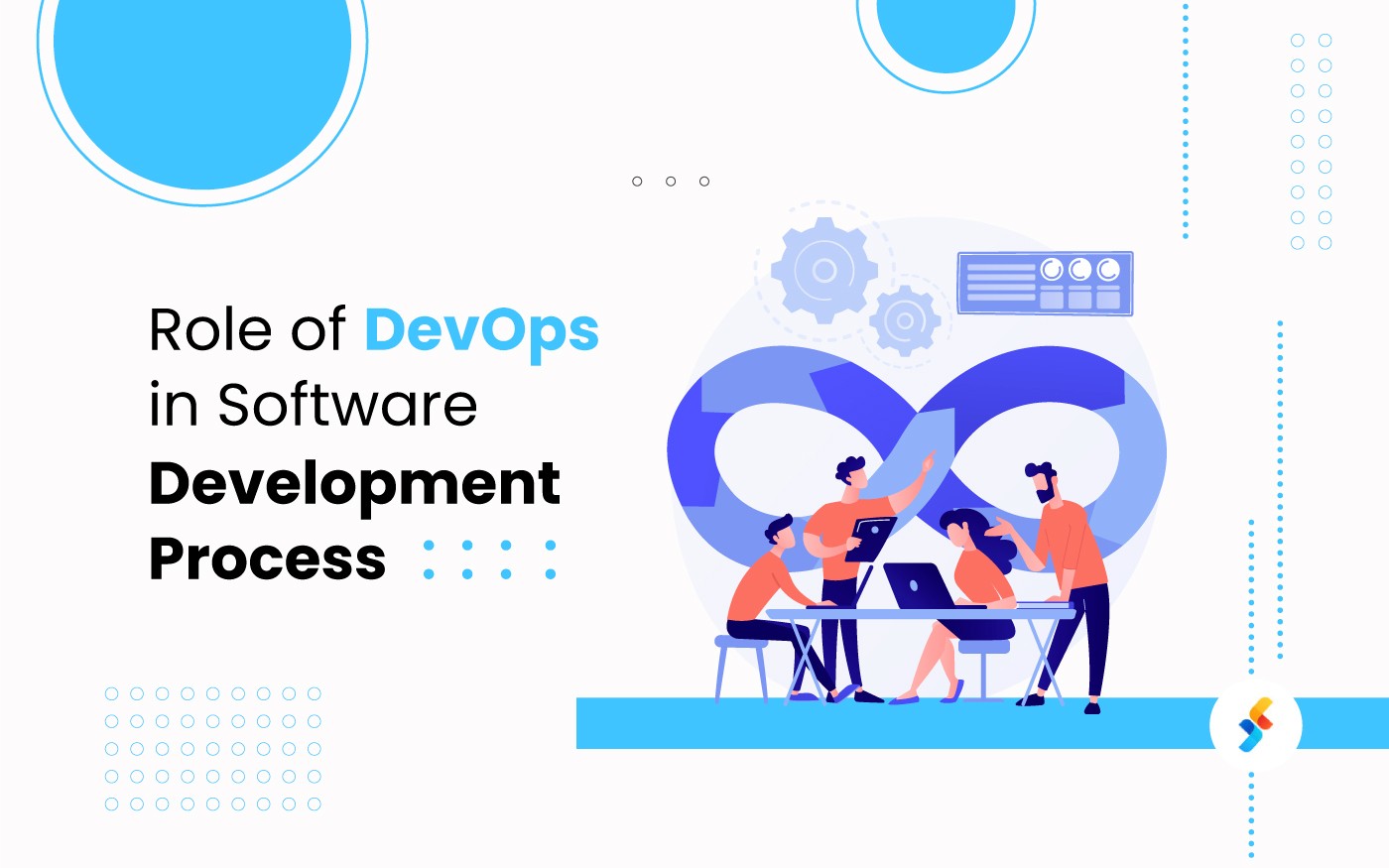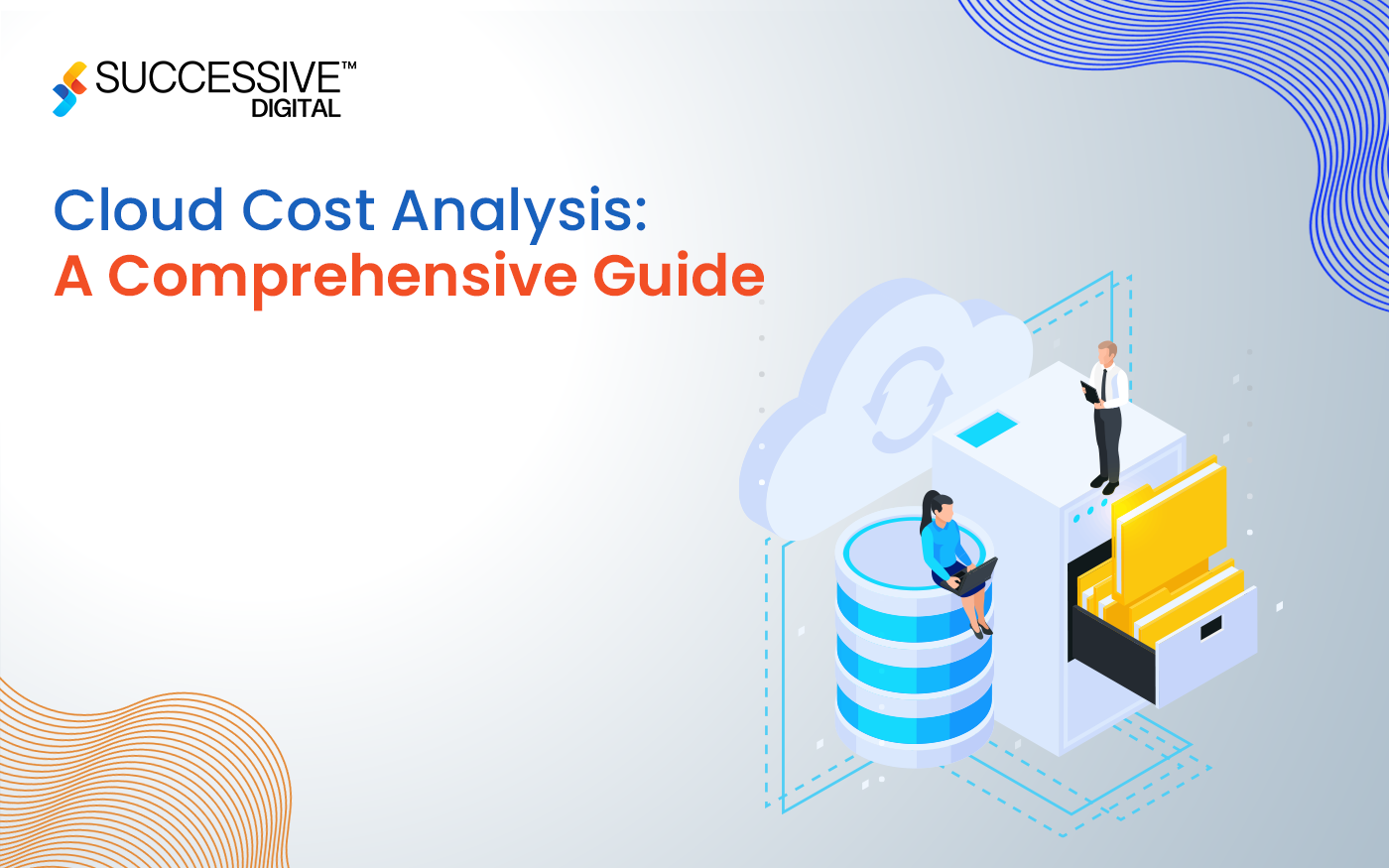Cloud technology is essential for growth, digital transformation, and competitiveness in the marketplace— approximately 90% of companies believe it. With this growing cloud adoption, cloud spending is also rising significantly.
As per Gartner, by 2025, public cloud spending is expected to generate $723.4 billion. This shift to cloud-run environments is increasing the complexity of managing both costs and performance.
Managing complex engineering and its financial implications can make cloud bills difficult to comprehend. The unpredictable cloud expenses, complex pricing models, and unmonitored resource usage can drive higher costs than expected, making cloud cost optimization critical for organizations.
Forward-thinking CIOs and IT leaders are adopting Cloud FinOps, where agility and scalability are maximized. With a structured framework, it helps organizations align resources with strategic objectives, achieving business excellence.
Key Takeaways:
|
What is Cloud FinOps?
Cloud Financial Operations, or Cloud FinOps, is more than an operational function, it is rather a cultural practice. A way for the finance, engineering, and operations teams to collaborate to ensure cloud spending aligns with business goals.
Cloud FinOps, a cultural and operational framework, allows organizations to manage their cloud costs while maintaining performance and agility. With the best practices, right tools, and model, it supports everyone in taking ownership of their cloud usage.
Hence, Cloud FinOps enables teams to gain more financial control and predictability—the key to achieving a sustainable and cost-efficient cloud ecosystem. Combining financial discipline with operational excellence, it help businesses maximize ROI and minimize waste in their cloud environments.
To understand Cloud FinOps, you need to know how this framework for cloud cost optimization works, offering a systematic procedure for managing cloud spending effectively. FinOps Cloud cost optimization includes services (e.g., container use, Snowflake, spot instances), capabilities (e.g., Rate Optimization), native tools, and data platforms for balancing cost and resource usage without compromising performance.
How Does the FinOps Framework Work?
FinOps takes a structured approach, enabling collaboration between engineering, finance, and business teams, helping them gain in-depth insights into cloud costs. It provides organizations with the tools to identify optimization opportunities and implement cost-saving measures through a cyclical process of “Inform, Optimize, and Operate.”
Systemically breaking down processes into clear categories, providing more targeted, actionable guidance to cloud customers and partners. This framework assigns roles based on decision-making authority, helping businesses map out their financial and operational efficiency.
Following this FinOps framework to its maximum capacity can help businesses navigate cloud cost management, turning financial oversight into a strategic advantage.
The basic concepts of the FinOps Framework involve:
- Core principles leading FinOps efforts.
- The stakeholders that are involved.
- The FinOps lifecycle to be integrated.
- The cloud capabilities implemented throughout the lifecycle.
- The maturity model of measuring growth over time.
FinOps Lifecycle & Phases
The FinOps lifecycle is a continuous process consisting of three phases that ensure organizations remain agile while optimizing cloud costs:
- Inform: Gain visibility into cloud usage and costs by collecting data, generating reports, and providing stakeholders with actionable insights.
- Optimize: Implement strategies to reduce waste, improve efficiency, and align spending with business goals. This includes rightsizing resources, leveraging reserved instances, and automating cost-saving measures.
- Operate: Establish governance, policies, and processes to maintain cost efficiency over time, making cloud cost optimization an ongoing practice rather than a one-time effort.
Cloud FinOps Core Principles
Cloud FinOps is built on a foundation of core principles that drive its success:
- Collaboration: Break down silos between finance, engineering, and operations teams to foster a culture of shared responsibility.
- Transparency: Provide clear visibility into cloud costs and usage to enable informed decision-making.
- Accountability: Hold teams accountable for their cloud spending while allowing them to make cost-effective choices.
- Continuous Improvement: Treat FinOps as an iterative process, constantly refining strategies to adapt to changing business needs.
Cloud FinOps Capabilities and Maturity Model Assessment
To fully embrace Cloud FinOps, organizations must assess their maturity across key domains and capabilities, including:
- Cost Management: The domain includes tracking and analyzing data to understand cloud expenses. Providing information on accurate cost allocation and handling shared costs, Cloud FinOps identifies areas to optimize costs.
- Budgeting and Forecasting: Predicting future cloud spend and aligning it with strategic business objectives is the core objective of this domain.
- Governance and Policy: Establishing rules and guidelines to control cloud usage and spending.
- Automation and Tools: This involves leveraging technology and Cloud FinOps tools to streamline FinOps processes and reduce manual effort.
Optimizing Cloud Costs Through FinOps Practices
FinOps Cloud cost optimization focuses on managing cloud costs with a seamless collaboration of business operations with the finance team. It allows the organization to make informed decisions aligning cloud spending with the primary aim of business, which directly links to controlling and minimizing cloud costs within.
While the traditional way to manage cloud costs is typically on the reactive side, FinOps follows a proactive approach to optimizing cloud costs. Therefore, you need to understand FinOps’ best practices to master cloud cost management.
What to Remember in Cloud Cost Management?
During cloud cost optimization—remember that infrastructure efficiency is not the only cost-driving factor. Usually, companies focus on optimizing infrastructure, which includes rightsizing resources to match usage, autoscaling, tracking spending across departments, or monitoring for cost anomalies. However, they often tend to overlook an important aspect—the impact of inefficient code on cloud cost optimization strategies and performance.
When the code is not optimized, it can occupy excessive computing resources, leading to data transfers that are uncalled-for. As a result, cloud costs can spiral out of control even with optimized infrastructure. Therefore, it is important to gain visibility into your cloud spending and identify areas for optimization by incorporating cloud cost management tools and implementing data tiering for storage optimization.
Although enhancing infrastructure is crucial, no amount of infrastructure optimization will make a difference with inefficient code. Additionally, intending to pay solely for the resources you genuinely require and proactively oversee your cloud usage to reduce avoidable costs.
This is where FinOps is crucial—merging financial responsibility with engineering and operational processes. Additionally, it promotes a holistic strategy that encompasses not only enhancing infrastructure but also boosting code efficiency.
How to Select the Right Cloud Cost Optimization Tools and Vendors?
Selecting suitable Cloud FinOps tools and vendors requires a comprehensive assessment of several elements to guarantee that your Cloud financial strategy is both efficient and adaptable. Choosing the appropriate tools and vendors will greatly influence the success of your Cloud FinOps efforts.
Be it Microsoft Azure or AWS cloud cost optimization—with the proper technical guidance, customized solutions, and proactive support, organizations can meet their unique requirements.
Assess Your Cloud Environment
Understanding whether the organization operates in a single-cloud, multi-cloud, or hybrid-cloud environment is crucial in selecting the right Cloud FinOps tools. Businesses should assess whether vendor lock-in is a concern and ensure that the selected cloud cost optimization tools offer compatibility across cloud platforms, enabling flexibility in managing cloud costs effectively.
Evaluate Core Features
The effectiveness of a cloud cost optimization tool depends on its core functionalities. Therefore, look for cloud cost optimization tools that provide:
- Real-time cost monitoring
- Automated recommendations
- Policy-driven cost governance
Seamless integration of these tools with DevOps pipelines and financial management systems is also critical. Advanced features like AI-driven insights and automated cloud cost optimization can further enhance financial decision-making.
Compare Pricing and Scalability
Different cloud cost optimization tools follow various pricing models, which should be evaluated along with the total cost of ownership while ensuring that the tool scales with their cloud usage.
Review Vendor Support and Security Standards
Security and compliance are critical factors in choosing cloud cost optimization vendors. Hence, businesses are need to ensure that vendors comply with security standards such as:
- SOC 2
- ISO 27001
- GDPR
Additionally, evaluating the level of customer support, training resources, and documentation available can help in making informed decisions. Vendor reliability, market reputation, and user reviews should also be considered before finalizing a solution.
Cloud Finops Best Practices to Drive Effective Cloud Cost Management
Implement a Centralized Cloud Financial Management Framework
A centralized FinOps framework ensures that teams work collaboratively to manage cloud costs. Establishing governance policies for cloud spending, setting financial accountability measures, and standardizing reporting mechanisms help organizations gain control over their cloud investments.
Want to know strategies to avoid over-cloud spending? Read our blog to learn about the best practices to cut down cloud cost, while improving operational agility.
Automate Cost Optimization
Automation plays a crucial role in reducing manual cost optimization efforts. Organizations should utilize AI-powered analytics and automation tools to identify cost-saving opportunities. Implementing automated policies for rightsizing instances, auto-scaling, and scheduling workloads based on demand helps in maintaining cost efficiency.
Adopt a Cost-Aware Culture
Developing a cost-aware culture requires training teams on Cloud FinOps principles and encouraging ownership of cloud costs. Organizations should integrate cost insights into CI/CD pipelines, allowing developers to understand the financial impact of their cloud resource usage. Promoting cost awareness ensures that teams make informed decisions when provisioning cloud services.
Optimize Pricing Models
Organizations can reduce cloud spending by leveraging pricing models such as:
- Reserved Instances (RIs)
- Savings Plans
- Spot Instances
Exploring serverless computing for event-driven workloads also helps in optimizing costs while maintaining performance. Moreover, evaluating and selecting the right pricing model based on workload requirements is essential for long-term cost efficiency.
Cloud Cost Optimization with FinOps: Practical Steps to Creating Value
Step 1: Define Business Goals and Cloud Usage Needs
Before implementing Cloud FinOps strategies, organizations must define their business objectives, cloud usage patterns, and cost management priorities. Understanding workload demands, growth projections, and required service levels ensures that cloud spending aligns with business outcomes.
Step 2: Establish a Cross-Functional FinOps Team
Cloud cost optimization is not just an IT concern—it requires collaboration between finance, engineering, and operations teams. A dedicated FinOps team can streamline cost governance, ensure accountability, and integrate financial visibility into cloud operations.
Step 3: Implement Continuous Cost Monitoring and Analysis
Deploy real-time cost monitoring tools to track cloud expenses continuously. Leverage analytics to gain insights into cost trends, identify anomalies, and adjust spending patterns dynamically. A proactive approach to cost monitoring helps mitigate budget overruns.
Step 4: Automate Cost Management Practices
Automation plays a crucial role in reducing cloud wastage. Organizations can implement automated rightsizing, resource scaling, and policy enforcement mechanisms to optimize cloud usage dynamically. Tools such as AI-driven anomaly detection and cost prediction models enhance efficiency.
Step 5: Optimize Resource Allocation and Pricing Strategies
Right-sizing instances, leveraging reserved instances, and adopting spot instances help minimize costs. Organizations should analyze workload requirements and utilize cost-effective pricing models tailored to their usage patterns. Cloud providers offer various discount programs that, when strategically applied, significantly reduce expenses.
Step 6: Enhance Governance with FinOps Policies
Establish governance frameworks that outline spending policies, budget thresholds, and resource allocation strategies. Define clear accountability measures to ensure cost transparency across teams. Implementing cost policies prevents overspending and promotes financial discipline in cloud usage.
Step 7: Leverage AI and Machine Learning for Cost Forecasting
AI-driven analytics and machine learning models provide predictive insights into cloud cost trends. Organizations can use these tools to anticipate future expenses, optimize budget allocations, and proactively address cost fluctuations. With predictive analytics, businesses become capable of making data-driven financial decisions.
What are the Challenges in Cloud Cost Optimization?
The rapid cloud adoption has constituted challenges for companies in the form of cost overruns and unexpected cloud costs. Therefore, implementing cloud cost optimization strategies with a strategic approach to managing resources, usage, and expenditures is required more than ever.
-
Complex Multi-cloud Environments
Many enterprises operate across multiple cloud providers, which adds to the complexity of an already complex cloud system—leading to fragmented cost structures and billing complexities. Managing different pricing models, data transfer costs, and vendor-specific tools makes it difficult for organizations to keep a unified approach to cloud cost management.
However, the implementation of cloud cost optimization tools provides a unified view of cloud spending across multiple cloud platforms—making tracking and optimizing expenses easy.
-
Establishing a Cloud Culture of Accountability
Successful cloud cost optimization requires a cultural shift within the organization, ensuring transparency and accountability to cloud cost management across cross-functional teams. Without this clear ownership and responsibility, teams may overspend on resources they do not have to fully utilize.
Therefore, it is important to encourage Cloud FinOps practices and cost awareness across departments for sustainable cloud cost management.
-
Monitoring Cloud Cost Spikes
Unexpected spikes in cloud cost can occur due to resource misconfigurations, sudden traffic surges, or unmonitored auto-scaling—demolishing your cloud cost optimization efforts. Without proactive monitoring and alerts, businesses may face budget overruns before they even realize the issue.
Hence, continuous cost tracking and automated alerts are crucial for preventing such cost fluctuations. With optimized workload configurations and monitoring usage patterns, organizations can identify the root causes behind unforeseen cost spikes and optimize their cloud cost management strategies.
-
Following Security and Compliance Standards
Security and compliance measures often require additional services, which can increase costs, such as:
- Encryption
- Monitoring
- Backup solutions
The solution? Strike a balance between security requirements and cost efficiency without compromising data integrity is a significant challenge.
-
Upskilling and Training of Cloud Teams
With cloud environments evolving rapidly, new services and cost-saving options are being introduced frequently. However, many organizations lack skilled professionals who effectively implement and manage cloud cost optimization strategies.
Therefore, organizations must invest in continuous cloud training and certifications for upskilig the team responsible for cloud cost management. AWS, Azure, and other cloud service providers offer various cloud resources, certifications, and workshops, helping organizations update their skills and take one step further toward effectively managing cloud costs.
-
Balancing Performance and Cost
Optimizing cloud costs should not come at the expense of application performance. Therefore, identify the opportunities to optimize resources rather than eliminating them too aggressively since it can lead to latency issues, potential downtime, and performance issues. Hence, it is essential for organizations to carefully right-size their cloud infrastructure, maintaining efficiency without unnecessary spending.
-
Pricing Models Complexity
Choosing the right pricing structure for workloads can be complex, as different models provide different levels of cost savings and flexibility. And misjudging these options can lead to higher costs.
As a result, organizations are advised to position their cloud cost optimization strategies with the latest pricing models of cloud service providers. They can also implement cloud cost optimization tools that can offer insights into pricing changes dynamically, helping them with informed decision-making.
-
Overcommitting or Underutilizing Reserved Instances
While reserved instances can significantly reduce costs, they require upfront commitments. Overcommitting to reserved instances can lead to wasted resources, while underutilization results in lost savings. Thus, it requires organizations to carefully analyze workload patterns, determining the optimal balance between on-demand and reserved instances.
How Does Successive Digital Offer a Holistic Approach to Cloud Cost Optimization?
At Successive Digital, cloud cost optimization services address core ideologies— including increased cloud spend transparency across enterprises, crafting customized cloud strategies that integrate public, private, hybrid, and multi-cloud cost optimization, and identifying cloud optimization opportunities.
Taking an agile approach to the Cloud FinOps lifecycle, we help organizations make informed decisions to optimize their cloud expenditures, leading to cost savings. Our cloud cost optimization strategies focus on the following aspects:
| Transparency
Showback, reporting/dashboarding, labeling, cloud sub-ledger |
Process
Management of capacity/utilization, cost control, budget/forecasting, and procurement/vendor oversight. |
Individuals
Leadership backing, FinOps operational ethos, finance-procurement-IT collaboration. |
| Governance
Cloud center of excellence, compliance/regulations, escalation procedures, and exception handling. |
Instruments
Cloud expense management, cloud analytics, surveillance, and notifications. |
Automation/architecture
Database, Platform as a Service, serverless computing, and containerization |
At Successive Digital, our experienced professionals leverage the best tools and practices to optimize resources and streamline processes, helping you minimize cloud costs effectively.
Take a look at how we utilized AWS Fargate for serverless container management to deploy a SaaS-based solution. An approach where the client only pays for what they use, helping to reduce costs and eliminating the need for server management.
Conclusion
Cloud cost optimization services are not just about cost-cutting—it is about maximizing the business value of cloud investments. By implementing robust financial management strategies, selecting the right tools, and fostering a cost-conscious culture, organizations can drive efficiency, optimize cloud expenditures, and achieve sustainable growth. With the right approach, Cloud FinOps enables businesses to scale with confidence while maintaining financial control over their cloud operations.
Frequently Asked Questions
FinOps and DevOps are somewhat related but completely separate disciplines. DevOps focuses on improving software development and deployment processes through automation and collaboration.
On the other hand, FinOps ensures that cloud financial management is integrated into these workflows. FinOps can complement DevOps practices by embedding cost awareness into engineering decisions, but it is not a direct subset of DevOps.
Cloud FinOps is designed to help organizations manage cloud spending efficiently by:-
- Providing visibility into costs
- Setting governance policies
- Enabling collaboration between teams
It aims to ensure that cloud investments align with business goals while optimizing performance and cost-effectiveness.
FinOps is a broader financial management practice that brings together finance, engineering, and operations teams. Thus, it optimizes cloud spending while ensuring business value with a focus on the following:
- Real-time collaboration
- Accountability
- Continuous improvement
In contrast, cloud cost optimization is a subset of FinOps that primarily deals with reducing costs through rightsizing, discounts, and efficient resource management.

